Christi leads us on a self-guided tour of Old Town Cartagena today. We begin by walking to the Puerta del Reloj and Plaza de los Coches, which is to say the main gate where 11 million slaves arrived over a 300-year period. The slaves were sold in the plaza. There is a statue of Pedro de Heredia in the plaza (the founder of Cartagena in 1533) and beside this benevolent figure there is one of a number of horrible modernist, abstract sculptures that now dot the Old Town – all the work of Sophia Vari (Mrs. Fernando Botero). And the big question is why? The Old Town is in perpetual renovation and our next stop, Plaza de la Aduana, is under scaffolding. Beyond that is Convento and Iglesia de San Pedro Claver. It was an impressive façade and a colorful dome behind. Pedro Claver, a Spanish-born monk, dedicated his life to ministering to the slaves imported from Africa. He was the first person to be canonized in the New World (in 1888). We’ll tour this church another day.
Next up is Plaza de Bolivar, which is a busy, shaded square featuring a statue of the Great Liberator himself, Simon Bolivar. This guy was one busy chap, leading Venezuela, Colombia (including Panama) Ecuador, Peru and Bolivia to independence from the Spanish Empire during his lifetime. He is surrounded by elegant, balconied buildings now mostly museums (Museo del Oro, Palacio de la Inquisition) and the Old Town Cathedral with its dominating tower. The plaza is full of hawkers and I succumb to photographing a Caribbean black woman carrying fruit on her head. The photo is free, but the obligatory purchase of a fruit plate is US$5. And where there’s food there are packs of wild dogs. One approaches Christi, but he turns his nose up at the fruit although he does appear to enjoy his tummy rub.
Nearby is the cathedral, but as the locals are observing mass we don’t hang around. Luckily, the Iglesia de Santo Domingo is open, but it’s completely deserted. An excellent audio guide in English is available, which details not only the history of this the oldest church in the city (built towards the end of the 16th Century) but also the development of the town and the role of Catholicism. Friar Louis Beltran, later a Saint, sanctified the temple. As usual the indigenous population suffered the most during colonialization – either from introduced diseases, loss of land, or war.
We finish our tour back in San Diego Plaza where we enjoy cold drinks and desserts in the shadows of the massive Sofitel hotel (built behind a colonial façade) at the zebra café. Rest and relax a while back in our gloriously air-conditioned room at Casa Quero before enjoying a rather tasty Italian dinner at La Bruschetta off San Diego plaza (chicken for me, pasta for Christi with Tiramisu for dessert). Christi proclaims the meal to be de-licious.
Blog post by Roderick Phillips, author of Weary Heart – a gut-wrenching, heart-wrenching, laugh-wrenching tale.
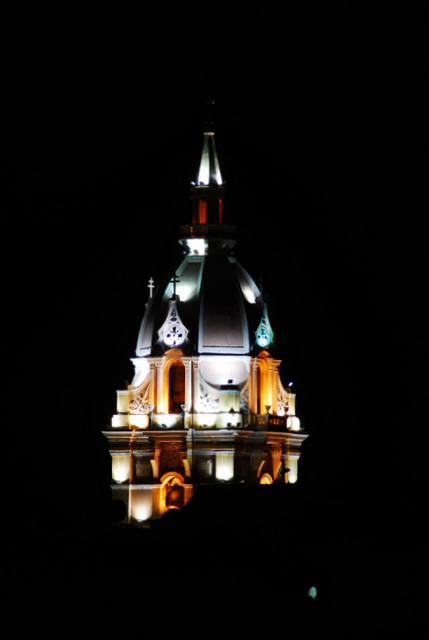
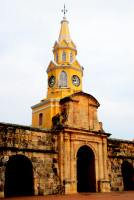
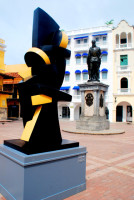
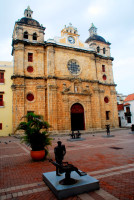
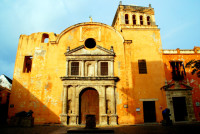
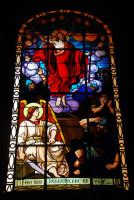
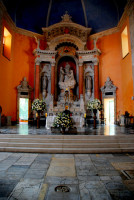

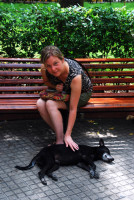
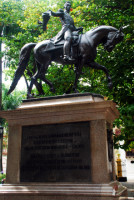
Speak Your Mind